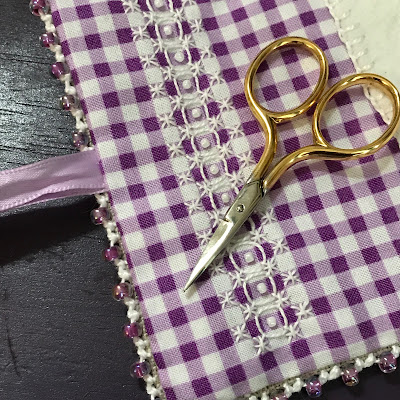The Cartographers by Peng Shepherd: This was a fascinating premise -- what if phantom settlements on maps could become real? -- but a mediocre execution. Too many of the characters made inexplicable or just plain dumb decisions, and it was far too easy to figure out the bad guy. A disappointment.
An Elderly Lady Must Not Be Crossed by Helene Tursten: A second set of stories about a murderous octegenarian from Sweden. The stories suffered slightly by trying to show us how she became so murderous, but they were delightful nonetheless. And I adore the book design!
The Singing Sands by Josephine Tey: Is it a re-read if I don't have any recollection of the first read? This is Tey's last story featuring Alan Grant and published posthumously. I wonder if she had planned for this to be the last Grant story, which might explain the bifurcated feel to the novel; the first half deals mostly with Grant's psychological recovery in the Scottish highlands of his youth, and it's not until the second half that the mystery-solving begins in earnest. Still, it's an enjoyable read, and I can add it to the list of disparate books that refer to the lost city of Wabar (see also: Declare).
Homicide and Halo-Halo by Mia P. Manansala: The second in the series, and as fun as the first. The writing wasn't as strong, but I appreciated Manansala's commitment to addressing the trauma the characters experienced in the first book, something rarely dealt with in cozy mysteries.
Jimmy Corrigan, the Smartest Kid on Earth by Chris Ware: I've been a big fan of Ware's for a long time; Building Stories was an impressive reading experience. Jimmy Corrigan is an earlier work, stemming in part from Ware's own experience with his absentee father while, like the other work, also touching on almost-crippling loneliness. Ware's artistic talent is just as impressive, but the main story left me cold, perhaps because Corrigan is simply not as engaging as the protagonist of Building Stories, perhaps because, unlike Corrigan, that protagonist actually does things rather than just allowing things to happen to her. An earlier storyine, having to do with Corrigan's grandfather as a child, was touching and heartbreaking.




